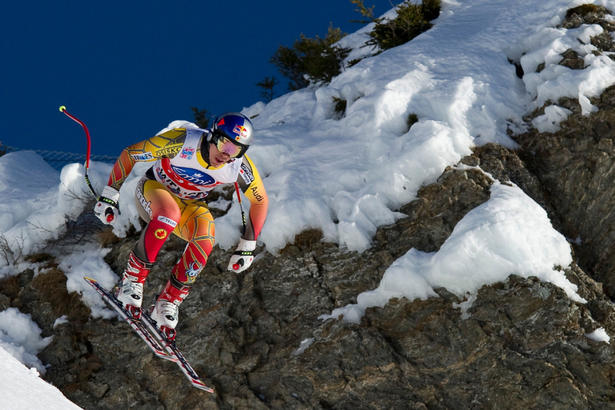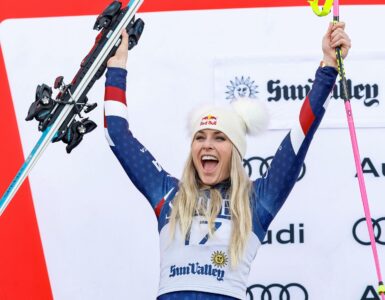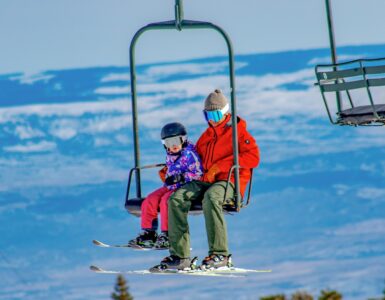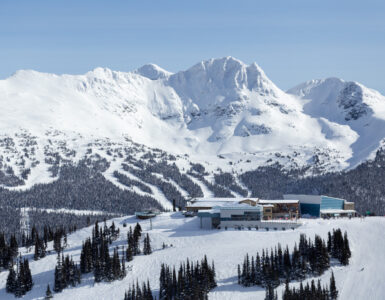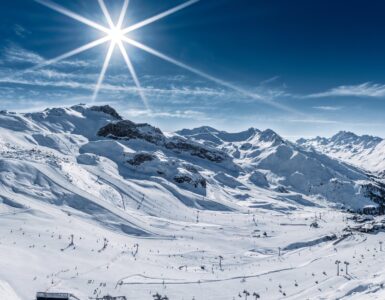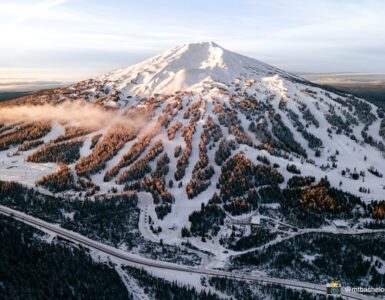Skier Jan Hudec has had seven knee surgeries in nine years, the last one just a few weeks ago.
That doesn’t make him much out of the ordinary in this injury-laden sport, where men hurtle down icy hills at 150 kilometres an hour in, well, tights. Hudec was actually one of the healthiest of the bunch on the men’s alpine ski team last year and was the top Canadian overall on the World Cup circuit, placing ninth in downhill and sixth in super-G.
At one point last season, only three of the six “Canadian Cowboys” were still on the hills. That’s the nickname for those who’ve had a podium finish in the most elite of the alpine ski disciplines.
Now, as the team prepares for the first World Cup downhill and super-G races in Lake Louise, Alta., later this month, they’re back to full strength — and hoping to keep it that way. It’s a world championship year in 2013 after all, and these men desperately want to defend their back-to-back downhill titles.
Canada’s Erik Guay is the defending champion from 2011. Teammate John Kucera won it in 2009 (the world championship is held every two years).
“We have a really great team when everyone is healthy,” says Guay. “We have six guys who can be in the top 15 in the world at any given time. You want to have all those athletes around you because it raises your game.”
He’ll need that. As well as defending his world downhill title, Guay is trying to make Canadian history. With 17 World Cup podiums, he needs just four more to overtake “Crazy Canuck” Steve Podborski’s record of 20 set almost 30 years ago.
Kucera is returning after three years off due to injuries and three-time World Cup winner Manuel Osborne-Paradis has been off the slopes for two years with a knee injury and a broken leg.
This is Osborne-Paradis’ first comeback from injury. But for Kucera, this is an uncomfortably familiar road. “Every time I try to make a comeback I reinjure myself.”
In 2009, he badly broke his left leg in a crash at Lake Louise. Then, in 2011, he broke that same leg when his binding failed and he suddenly found himself with just one ski. Last year, it was a back injury.
“I’m hoping I’ve got them all done now,” Kucera says.
Paul Kristofic, vice-president of sport for Alpine Canada, hopes so too. Injuries have always been a part of skiing but efforts are being made to reduce them.
During the summers, there’s a focus on strength and conditioning to give racers the best chance of staying healthy and, particularly with younger skiers, there is coaching to help identify when to take risks to gain the fractions of a second that win races and where doing so is more likely to mean a career-ending crash.
Most men’s courses have sections that Kristofic calls “very unforgiving.” Skier Osborne-Paradis, more colourfully, calls them a race’s “little demons.”
Racers need to “approach those sections without taking a ton of risk because the reward will be very little but the consequences extreme,” says Kristofic.
“It’s a fine line,” says Ben Thomsen, who was last season’s breakout star, finishing second in a World Cup downhill in Sochi, Russia, in his first year on the national team. “On race day you have to risk just enough. You can’t hold back too much.”
Showing tactical maturity may be more important than ever this year because of equipment changes introduced by the International Ski Federation (FIS) in an attempt to reduce injuries worldwide.
The changes, essentially, make the skis less aggressive, says Kristofic. Skiers won’t be able to carve as tight a clean turn. If they try to maintain the tight radius they’re used to, the skis will now bounce or slide. This reduces some of the tremendous force arcing puts on the lower body, which routinely leaves racers with knee and back injuries.
But already some racers have said the new skis are much more difficult to ski on.
“Is it really safer?” asks Kristofic. “It’s hard to tell until we start racing.”
With only 10 downhills and six super-Gs this season, there is precious little time to recover from any injury. That’s why avoiding them is key to Canada’s success and Guay’s shot at making history. These racers have already proven they can get to the podium, so long as they’re in one piece.
By Kerry Gillespie
Source www.thestar.com


